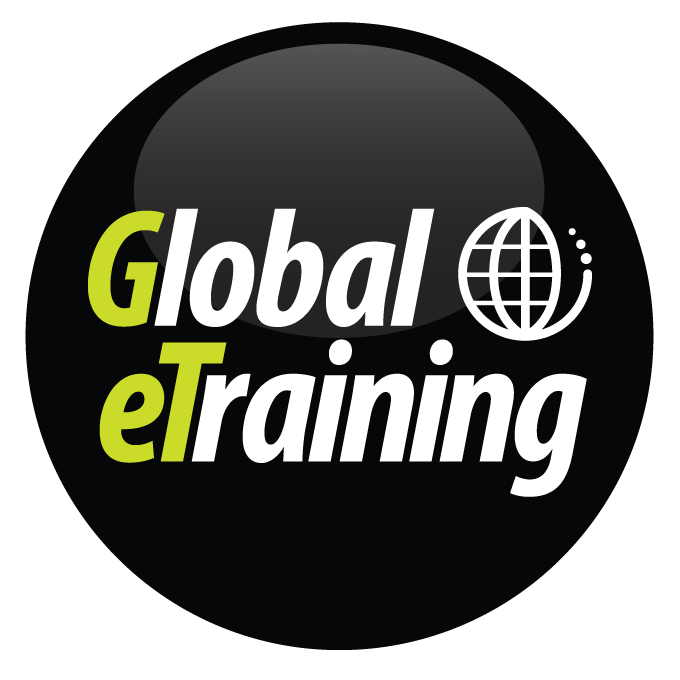Recently, a new Global eTraining (GeT) client identified during their implementation meeting that they had experienced poor adoption with their previous training solution and there was a need to up-skill staff and set certification objectives.
To ensure a successful implementation, Global eTraining (GeT) developed a 3-pronged approach;
- Integrations with their internal HRIS (Including mass deployment of the ‘GeT Know-How’ intuitive Autodesk plugin)
- Focus on certification programs
- Structure ongoing communication strategies
1. Integrations:
During Implementation, GeT determined the best course of action was to make training as accessible to learners as possible. Single-Sign-On (SSO) was implemented, with redirects from the client’s internal HRIS (Human Resources Information System) to the GeT Learning Management System (LMS) platform, making the access to the training seamless and simple.
The client’s IT department deployed the ‘GeT Know-How’ Autodesk Software Plugin to all workstations within the organization, packaged with their Autodesk software, eliminating the need for end users to request access and installation.
2. Certification:
The client determined that Autodesk certification would be a desired KPI for success of the training program. In addition to providing metrics on the success of the program, this would provide the client an added market advantage in their marketing strategies to prove skills competence.
GeT collaborated with Autodesk on this initiative and the client is now a corporate Authorized Training Center (one of the first corporate ATC’s accredited), allowing staff members to take Autodesk certification exams on-site, thus eliminating barriers and expense of traveling to Autodesk Authorized Training Centers (ATCs) off-site. Learners were made aware of the organization’s objective to increase the number of Autodesk Certified Professionals on staff and were encouraged to use Global eTraining content to prepare for certification exams by following the certification roadmap outlined.
The client purchased 100 Autodesk Certification exams as a pilot. So far, 70% of these have been used by staff (and certifications obtained). This project has been sidelined due to an M&A, however, it has been identified as a successful program that is ready to be incorporated and expanded further into the organization.
3. Communications:
Ongoing communication within this organization has been paramount to the success of their training program. During Implementation, a core group of Business Unit Leaders were identified as Internal Champions. They were given specific goals from the organization to help drive awareness, buy-in, learner expectations, and adoption within their regions, supporting the global objective of moving towards a desired organizational learning culture. Stakeholder meetings involving Global eTraining, the client, and sometimes other vendors as projects require (such as Autodesk), occur monthly at a minimum, and more frequently as projects demand.
Communication strategies include:
- Intranet – Internal marketing, instructions, and training expectations
- Quarterly Webinars – Providing learner orientation to the Global eTraining platform, product updates, company initiatives, and results
- Email Campaigns – Announcing new product releases, nudge/drip campaigns, recognition and rewards programs
- Yammer – Sharing product updates, awareness, community interaction, learner feedback, and Q&A
As a result, this client has experienced a steady adoption and engagement rate of users requesting access to and complete training on the platform.
- Year 1 – 750 users
- Year 2 – 1500 users.
This year, the decision was made to enroll all users with Autodesk licenses, eliminating the need for them to request access. This was an increase of 4000 users overnight. Generally, GeT would expect to see a drop in the ratio of users to training hours in events like these, however, due to the constant and consistent messaging and expectations set from the leadership teams, what was noted was an increase in training hours directly correlated to the number of additional users added.


